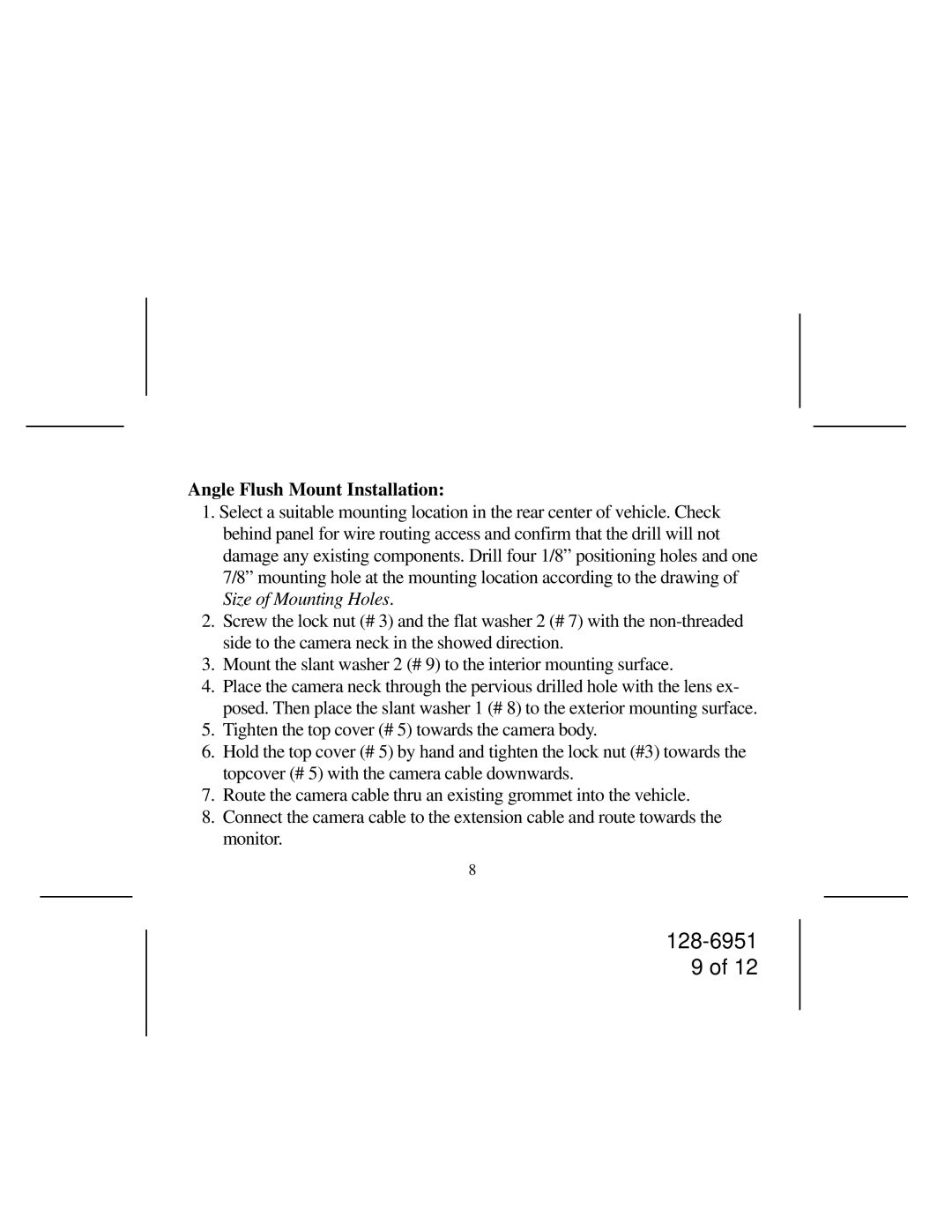CCDF specifications
Audiovox CCDF, also known as the Audiovox Closed Caption Decoder Framework, is a sophisticated multimedia technology developed to enhance the accessibility and quality of audio-visual content. Designed to cater to the needs of individuals who are deaf or hard of hearing, CCDF is pivotal in integrating closed captioning features into various media formats.One of the main features of the Audiovox CCDF is its ability to decode closed captions in real-time. This ensures that captions are synchronously displayed with the audio, allowing viewers to follow along with the dialogue seamlessly. The technology supports multiple captioning standards, including the widely used CEA-608 and CEA-708 formats, which makes it adaptable to various broadcasting environments and content types.
Another significant aspect of the Audiovox CCDF is its user-friendly interface. The system allows users to customize caption settings according to their preferences. Viewers can alter text size, color, and background to enhance readability, which is particularly beneficial for individuals with vision impairments. This level of customization empowers users to create an optimal viewing experience while consuming content across different devices, such as televisions, streaming services, and mobile applications.
The CCDF technology integrates advanced algorithms for error correction and noise reduction. This ensures that captions remain clear and legible, even in challenging signal conditions. By focusing on delivering accurate and stable captions, Audiovox enhances the overall viewing experience and reduces frustration for users trying to follow along with the content.
Moreover, the Audiovox CCDF is designed with scalability in mind, making it suitable for various applications, from small media players to large broadcasting systems. Its modular architecture allows for easy updates and enhancements, ensuring that the technology remains relevant in the ever-evolving landscape of media consumption.
In conclusion, Audiovox CCDF is a cutting-edge solution that significantly improves the accessibility of audio-visual content. With its real-time decoding capabilities, customizable settings, robust error correction technologies, and scalable architecture, CCDF stands as a pivotal tool for promoting inclusivity in media consumption, catering to the diverse needs of audiences worldwide. As media continues to evolve, solutions like Audiovox CCDF will be instrumental in ensuring that everyone can engage with content meaningfully.

